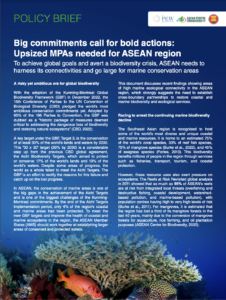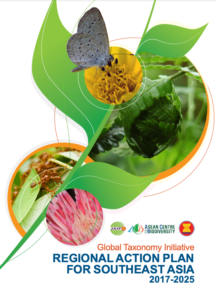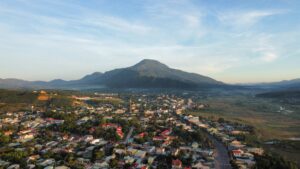The Park was established to protect the remaining mangrove forests and as a refuge for estuarine crocodiles and resident and migratory water and shore birds; breeding ground for fish and prawns; research area for the conservation of mangroves and wildlife; and as an environmental education centre.The Park measures 13,700 hectares; Bogalay Township of Ayeyarwady Division, Myanmar
Mya Lwin
AHP Manager
Tel.: +95 67405002
E-mail: nwcdfdmof@gmail.com






























